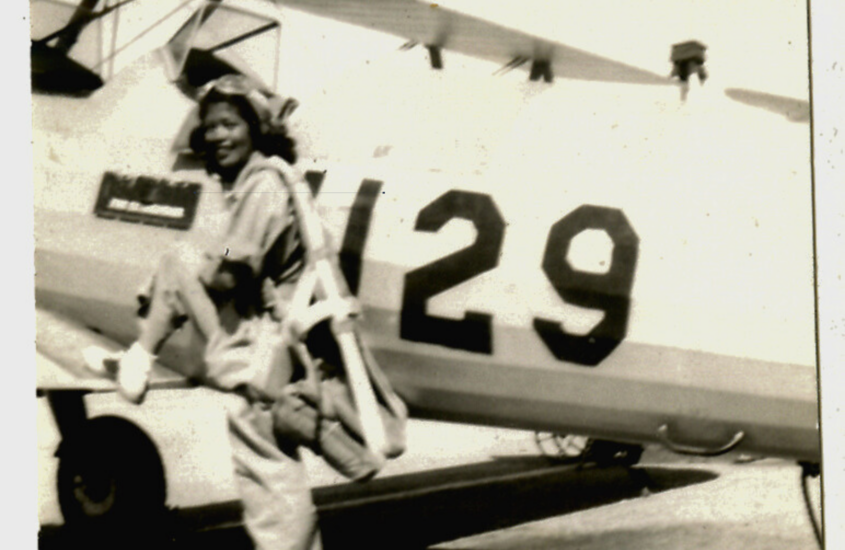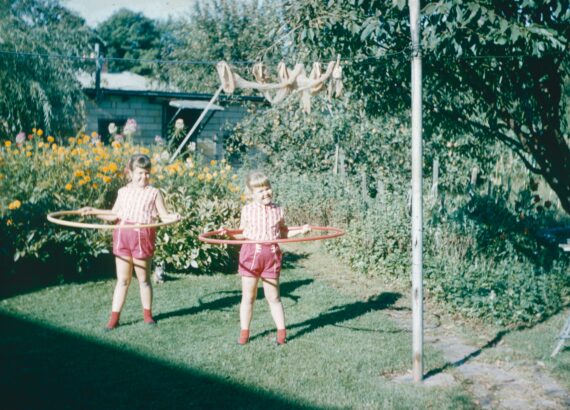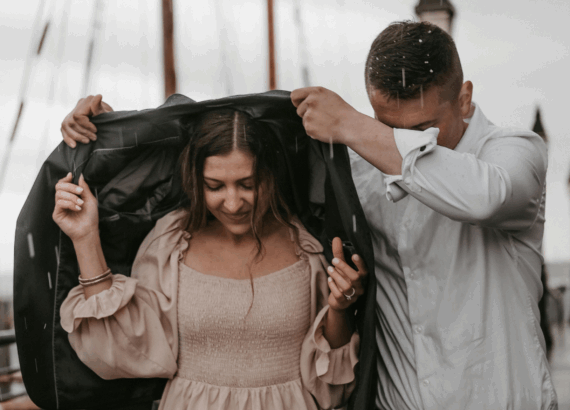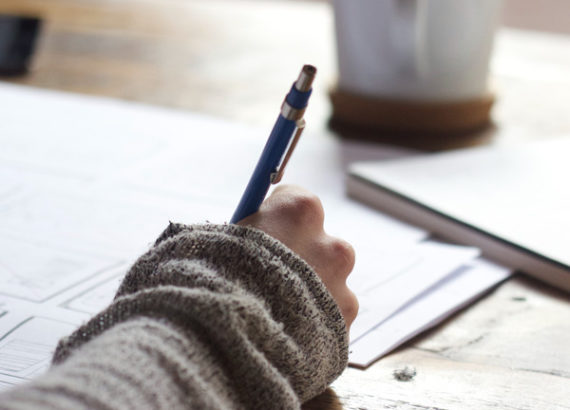WASP: The Women Who Helped Win WWII
AmericanMom Team | PC: Museum of Chinese in America
PC: Museum of Chinese in AmericaAs far as acronyms go, WASP is one of the more brilliant ones. Standing for Women Airforce Service Pilots, the women of the WASP flew (literally) under the radar for many years, but served a purpose so great that we can hardly imagine it today. Among these women are some notable names who, especially during Women’s History Month (where we celebrate real women and everything they are), deserve standout recognition for their help in winning WWII.
What is the WASP?
First off, though, a history of the organization. The WASP started with a letter in 1939 from Jacqueline “Jackie” Cochran (a pilot and powerhouse in her own right) to First Lady Eleanor Roosevelt asking that female pilots be used in non-combat jobs for the American Airforce and army. Of course, they were granted permission as, along with thousands of other women throughout the world at the time, women were vital in keeping the world running while men were sent overseas, to the front and battle.
Cochran, along with General Henry H. Arnold, of the Army Air Force, and General Robert Olds, of the Air Transport Command, formed the WASP. First they sent Cochran on a mission to ferry a bomber to Great Britain, a mission she accomplished partly as publicity and partly as a recruitment job. Cochran then volunteered for the Air Transport Auxiliary where she recruited American women who, collectively, became the first American women to fly military aircraft.
At the start of America’s involvement in WWII in 1941, Cochran, along with test-pilot Nancy Harkness Love, submitted proposals to the Air Force that suggested women pilots be used for non-combat positions in order to free up men for combat roles. Over the next months, dozens of women were recruited to join the Women’s Army Auxiliary Corps, Women’s Auxiliary Ferrying Squadron, and the Women’s Flying Training Detachment which were all later combined under the umbrella of Women Airforce Service Pilots—a.k.a. WASP.
1,074 women passed the required training and became pilots, stationed at 122 bases across the U.S. Among their duties were: ferrying aircraft from factories to military bases and elsewhere (12,652 aircraft were delivered), test flights, training other pilots, target towing for ground artillery practice, and more.
Women Who Helped Win
Maggie Gee

PC: Transportation History
One of the extraordinary women who served in the WASP was Maggie Gee. A Chinese-American, Gee was one of only two Chinese-Americans to serve in the WASP program and worked as a trainer. During her time in the WASP, Gee trained male pilots for their combat roles, and also helped ferry aircraft.
Gee was born in Berkeley, California where she grew up as one of six children. In 1941 she attended University of California, Berkeley to study physics but dropped out to work at the Mare Island Naval Shipyard as a drafter alongside her mother who was a welder. She later bought a car with two co-workers, and the trio drove to Avenger Field in Texas to train for the WASP.
More can be read about Maggie Gee in the biography Sky High: The True Story of Maggie Gee written by Marissa Moss. Along with her fellow members of the WASP, Maggie Gee received the Congressional Gold Medal in 2010.
Madge Moore

PC: Final Flight Blog
Madge Moore was born in Rule, Texas in 1922 and joined the WASP in November 1, 1943. With the support of her parents, who drove her to training, Moore trained at Avenger Field and was later stationed at Perrin Field. While there, she ferried planes, many of which didn’t have working instruments, forcing Moore to use dead reckoning to get them safely to their destination. Often ferrying BT-13s and AT-6s, Moore also test flew planes after they were repaired.
At the end of the war, Moore became a wife and stay-at-home mother and, along with her fellow WASPS received, in person, the Congressional Gold Medal in 2010.
Elaine Harmon

PC: CAF Rise Above
Elaine Harmon was a Baltimore, Maryland native who attended University of Maryland, College Park to earn her degree in bacteriology. From 1940 to 1944, Harmon was a lab technician, training to be a pilot in the Civilian Pilot Training Program while there. She then joined WASPS and earned her wings in 1944.
While a member of WASPS, Moore trained male pilots in the PT-17 and BT-13, the AT-6 Texan, and the B-17 Flying Fortress, training them in instrument flying. Moore worked as a real estate appraiser after the war, was inducted into the Maryland Women’s Hall of Fame in 2016, and received, alongside her fellow WASPS, the Congressional Gold Medal in 2010. She is buried in Arlington National Cemetery.
These amazing women who stepped up to the plate when the world was on edge, are an inspiration to women everywhere. Not only did they see a need and fill it, but they did so with grace, honor, bravery, and intense patriotism. Their stories prove that, no matter where you come from, it is what we have in common—flying skills, love of country, desire to do good, and courage to face any challenge—that contribute to the flourishing (and in this case victory) of a nation and community.
Have a story to tell of an amazing woman in your life or ancestry? Share with your fellow American moms! Submit your story or tag us (@weareamericanmom) in your Instagram Stories!






